“Why, this is very midsummer madness!“ (Twelfth Night)
Not long ago Sweden welcomed the spring but Valborg is only the warm-up act. Midsummer, or Midsommar in Swedish, is the biggest party of year. At this time of year, Swedes throw off their usual stoicism for a night of wild abandonment, often influenced by copious amounts of homemade snaps. I was excited about my first Swedish Midsommar celebration.
The first rule of Midsommar is to get out of the city. This festival celebrates Mother Nature and the Great Outdoors, so the majority of Swedes head to their lakeside summer houses. This is possibly influenced by Sweden’s strict drinking laws, prohibiting public consumption of alcohol.
For those without a local invite, most cities provide a Midsommar celebration in a local park. The Midsommar celebration at Skansen in Stockholm is the most well-known city venue, drawing hundreds of visitors. Whilst these celebrations are, without doubt, an enjoyable experience, I wanted something more intimate for my first Midsommar. I went out to Fullerö, a small community on the shore of Lake Mälaren.
What is Midsommar?
Midsommarsafton is a National holiday in Sweden, usually falling on the Friday between the 19th and 25th of June. It is generally a festival to celebrate the summer solstice, the longest day of the year. Although we are too far south for midnight sun here in Västerås, sunlight was still visible on the horizon well after midnight and by 2 am dawn is once again beginning to break. It isn’t surprising that Swedes are so happy to celebrate the long summer days before another long, dark and bitterly cold winter.
Midsommar is also a celebration of fertility, as well as long-held beliefs that magic is most active around this day of the year. This leads to a tradition in which young girls pick flowers on Midsommarsafton to dream of their future husband.
Midsommar Traditions
Flower Garlands
In Sweden, it is traditional to make a flower garland to wear around your head. I happily made mine only to discover that only very small children were wearing them at the party. I proudly wore mine, but ended up with flies and mosquitoes buzzing around me (perhaps why nobody else was wearing one!).
The Maypole
This is a large wooden cross with two rings dangling from it. Garlands of birch and flowers cover the pole, which was a relief because initially it looked like a crucifix, and then it is placed in a central area. Traditional songs and dances such as ‘Little Frogs’ take place around the pole – this is where women and children (mainly) hop around pretending to be various woodland animals, whilst the rest of the family sit watching and drinking.
In small lakeside communities it is one of the rare occasions that Swedes come out of their summerhouses and socialise with each other. Raffles and games follow the dancing, and children can win smågodis (candies).
The Feast
Like the Christmas Julbord, Midsommar has traditional food. Families sit together eating pickled herring, sausage, meatballs and boiled potatoes served with sour cream and dill. This is followed by Jordgubbstårta, a delicious sponge-cake covered with strawberries and whipped cream. And then the party can really begin. Bryggor (jetties) all over the country are decked out with marquees, tables and chairs and the drinking continues until the early hours.
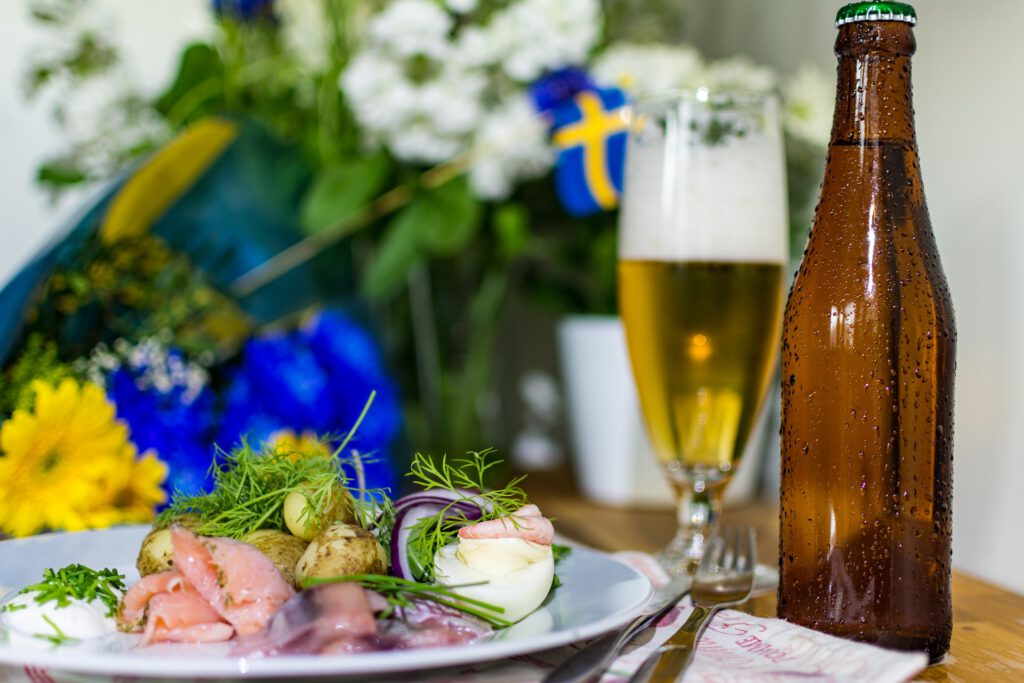
And so another crazed Midsommar passes and summer vacations begin. Most Swedes retreat back to their summer houses for weeks of cycling, kayaking and bathing. And many hope that their drunken antics of Midsommar will be long-forgotten in the depths of winter…

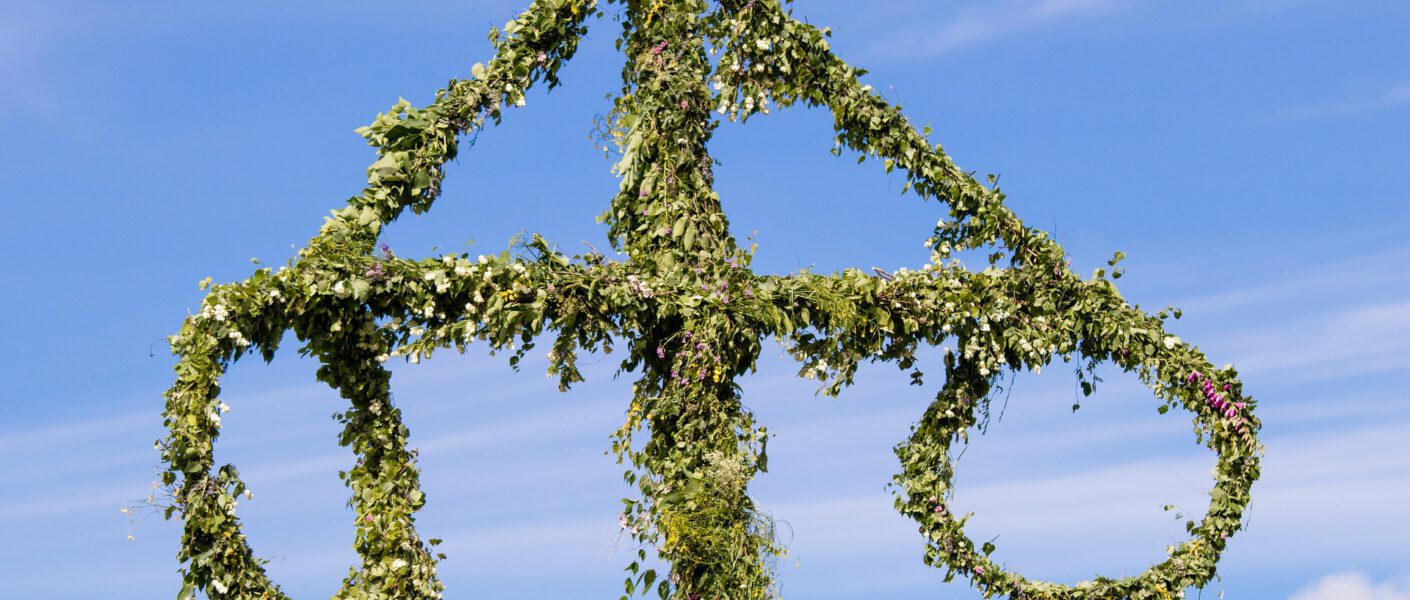
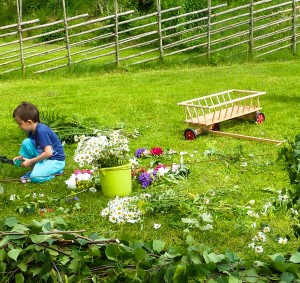
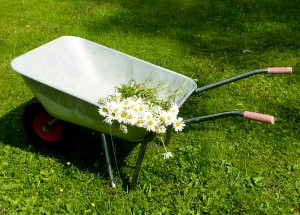
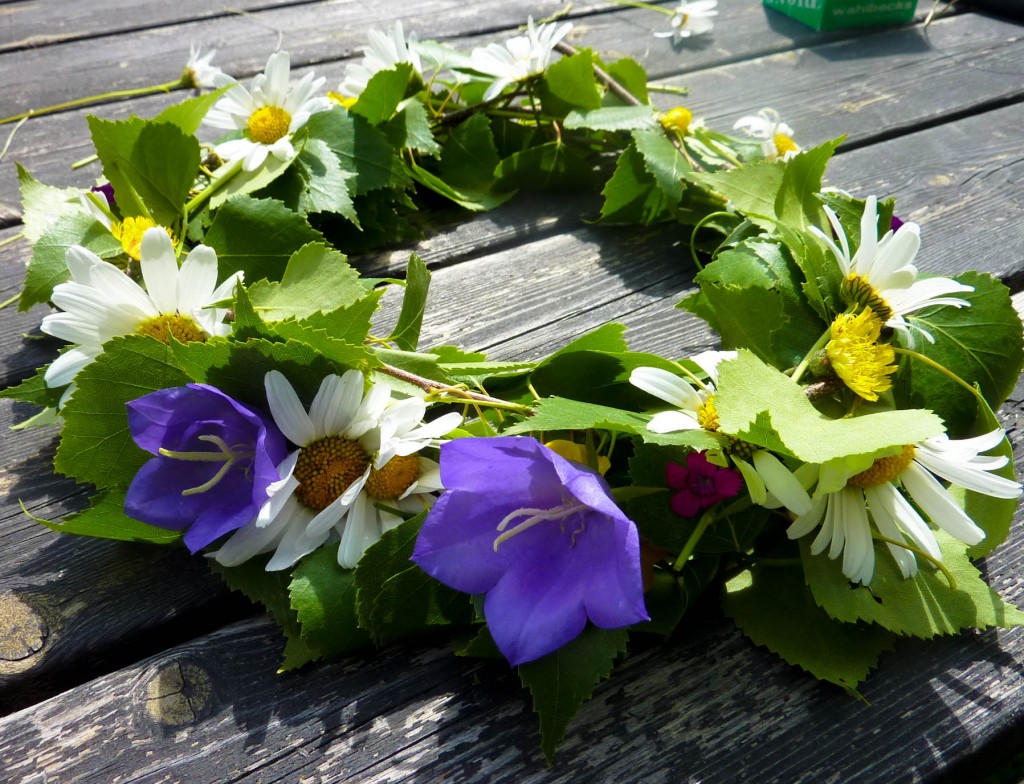
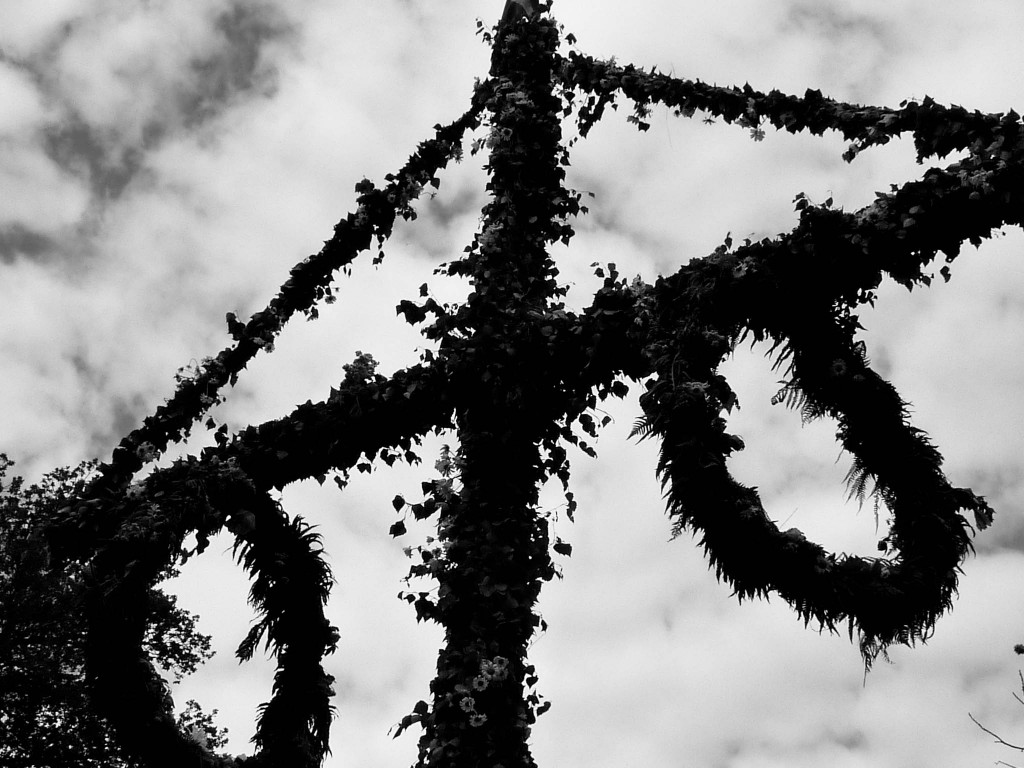

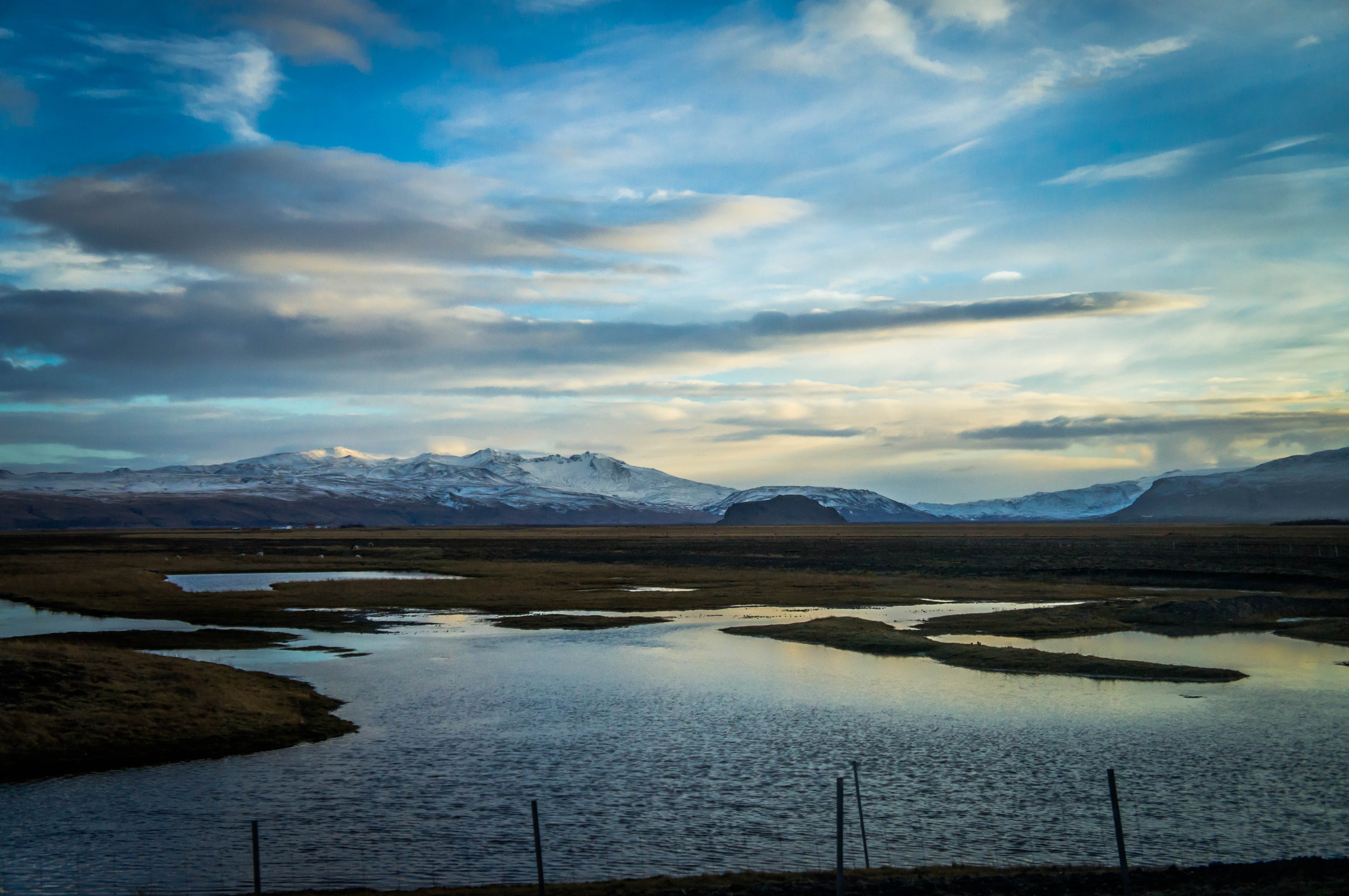
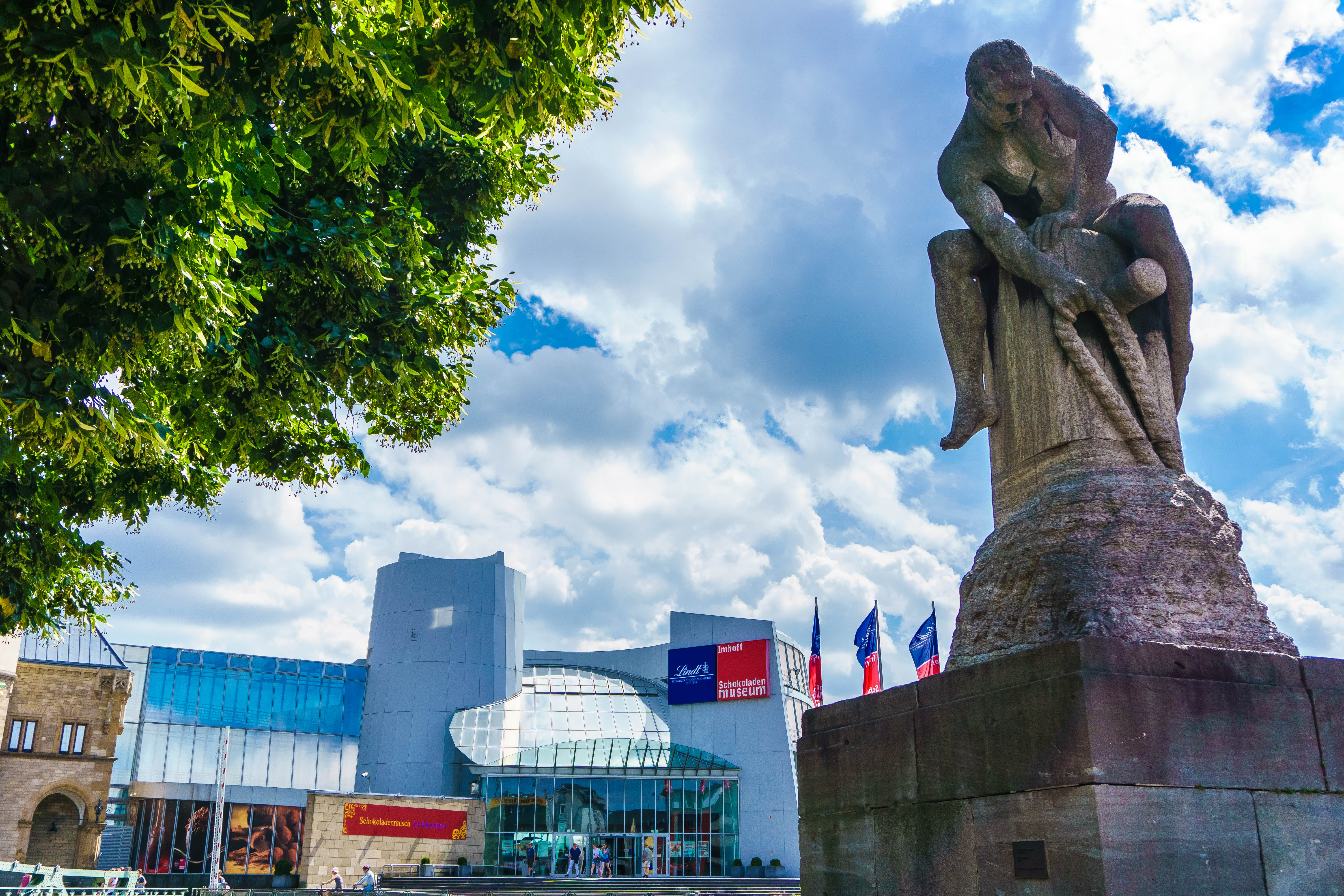
Next time Liselotte have a midsummer party i Dalarna you and Nicklas have to come. It´s the way to do midsummer!
Sounds great, Lina. We saw your pictures, it looked like you had a lot of fun!!
Simply great. I loved the images much. Thanks for sharing.
No worries, thanks for enjoying it!
So interesting. Sweden, to be honest, isn’t a place I’ve given a huge amount of thought to, and it is such a contrast to Tenerife, it’s fascinating. However, both places have in common that this midsummer celebration is a big deal. In contrast it seems to have become bigger in the time I’ve lived here if anything, it takes the form of a sort of adult bonfire night, especially on the beaches (too big a fire risk inland), when anything bad from the past can be cleansed, usually by burning on the bonfire, or a small fire you make yourself -symbolically in the case of, say, a bad habit you intend to break. Then you take a dip in the sea! I missed it this year because I was ill, and I was really disappointed. I think it’s my favorite fiesta!
That sounds like great fun – Sweden did something similar a few weeks back to welcome in the spring (they’re really into celebrating good weather over here!!). I think it’s a real shame that the UK has lost the Midsummer traditions. Hopefully I’ll be able to celebrate the fiesta in Tenerife sometime!
Great recap. Its the little things like this that make travel so interesting.
You’re right about that! I love seeing traditional festivals and customs when I’m travelling.
[…] You can read more about traditional Midsommar festivities on my travel site here […]